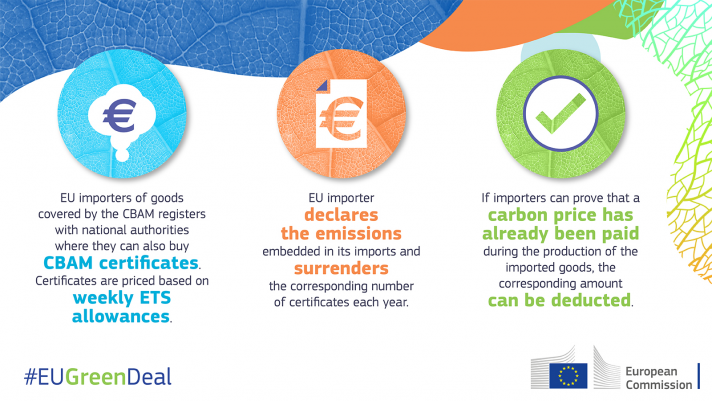7667766266
enquiry@shankarias.in
PM pays tributes to Maharana Pratap on his Jayanti.
Australian scientists have begun vaccinating wild koalas against chlamydia in an ambitious field trial in New South Wales.
Chlamydia
|
Symptoms |
|
|
Women |
Men |
|
|
Chlamydia in Koalas
NASA launches 'TROPICS' mission to improve understanding about hurricanes, cyclones.
The WTO’s IT Agreement has done little for India’s IT services and India’s hardware sector was hit instead of benefitting from the pact.
Information Technology Agreement-II
European Union proposes to introduce carbon tax on imports that rely on non-green processes, where carbon emissions are deemed to have not been adequately priced.
